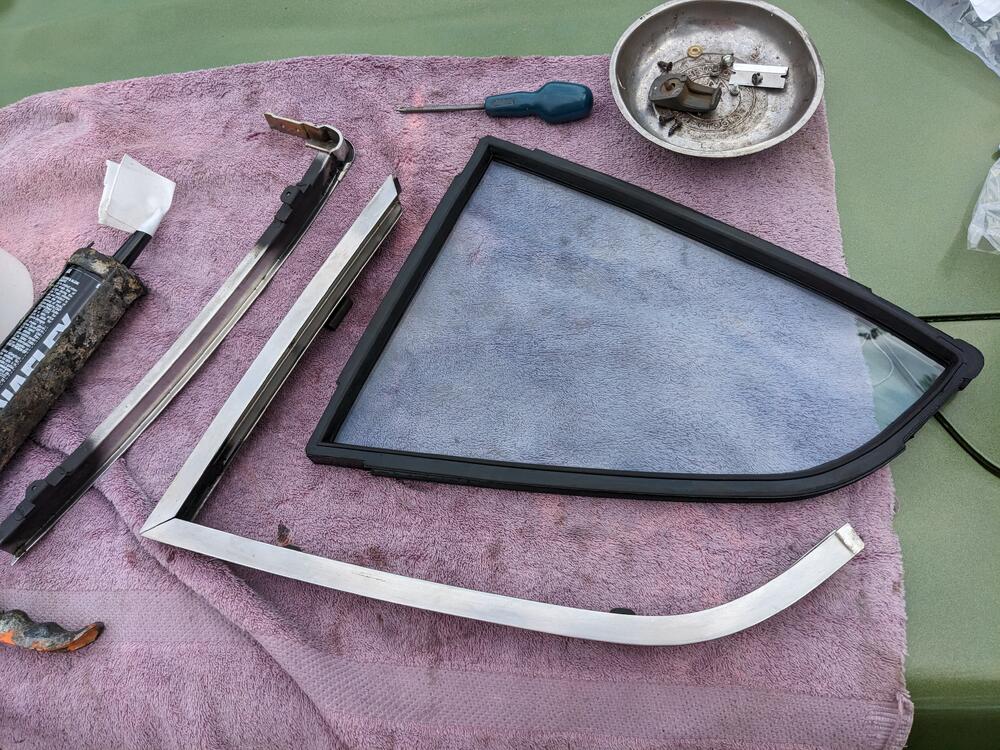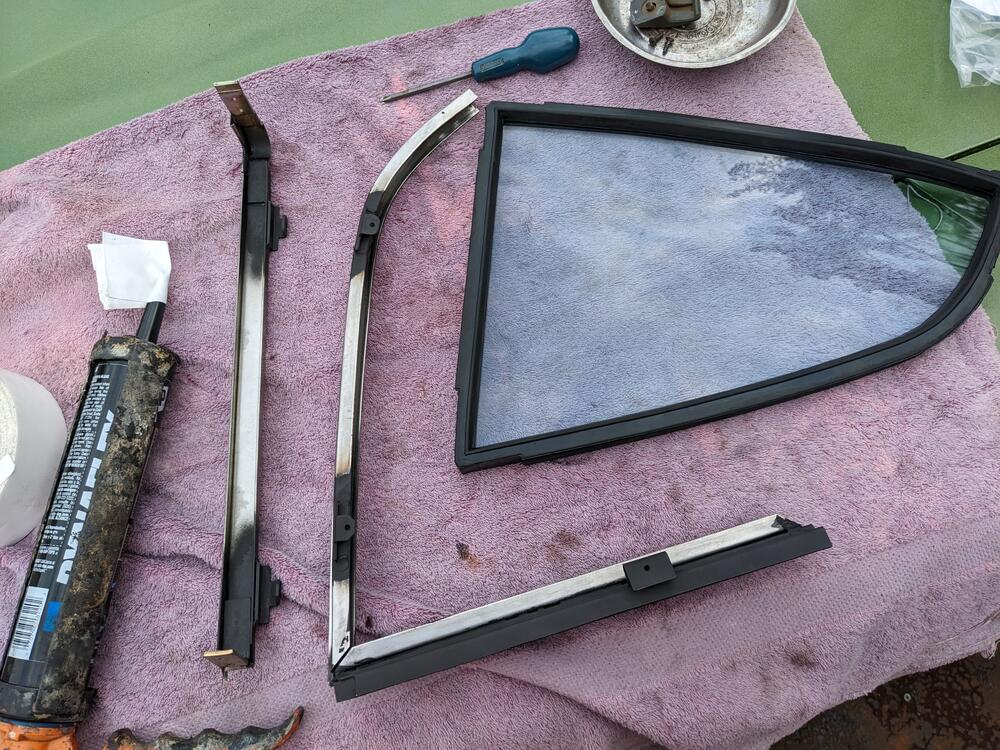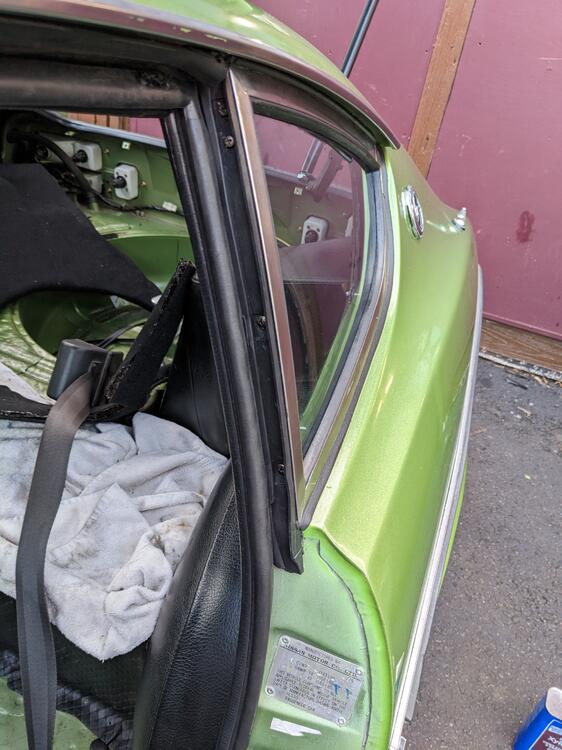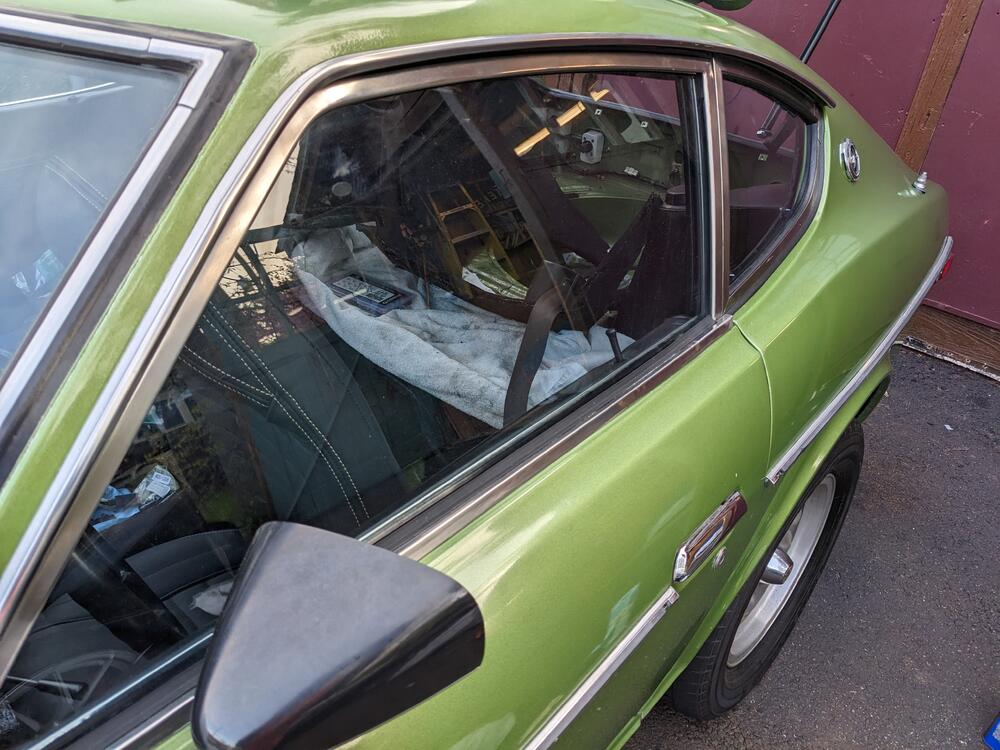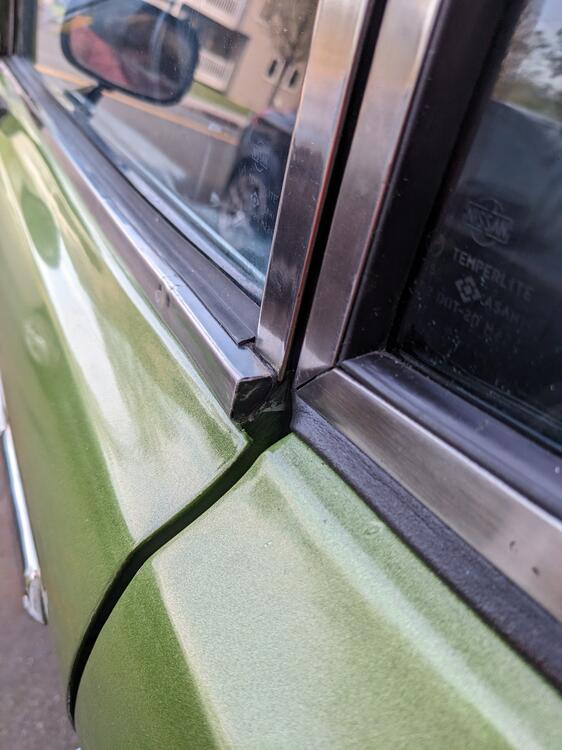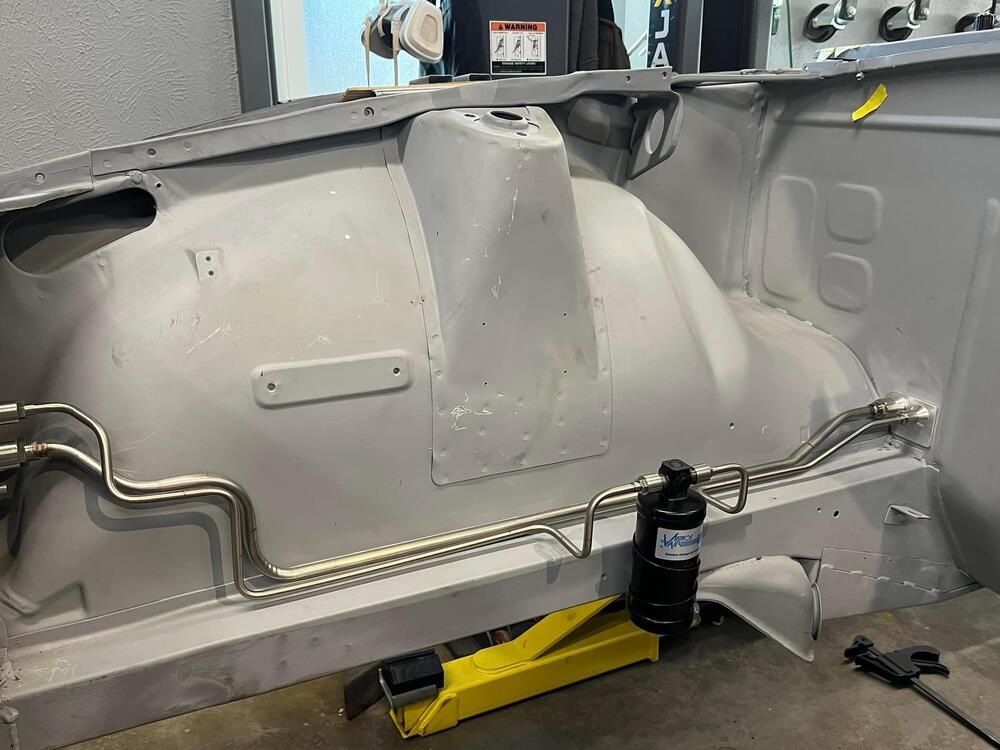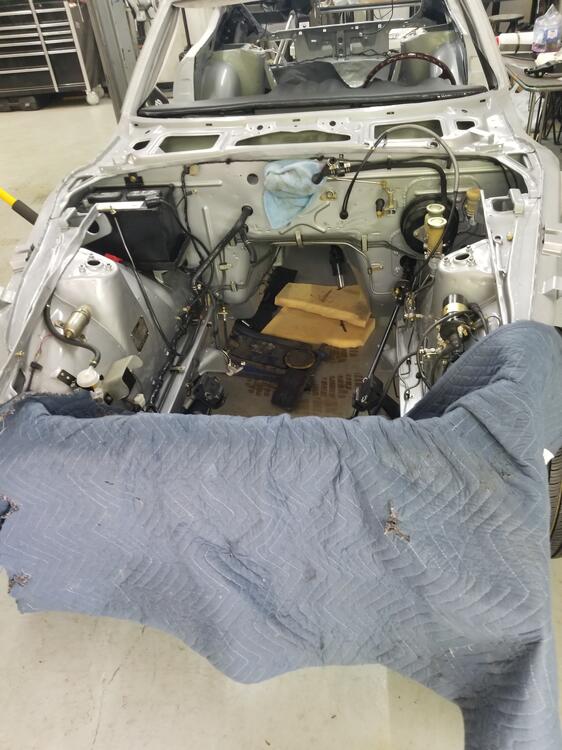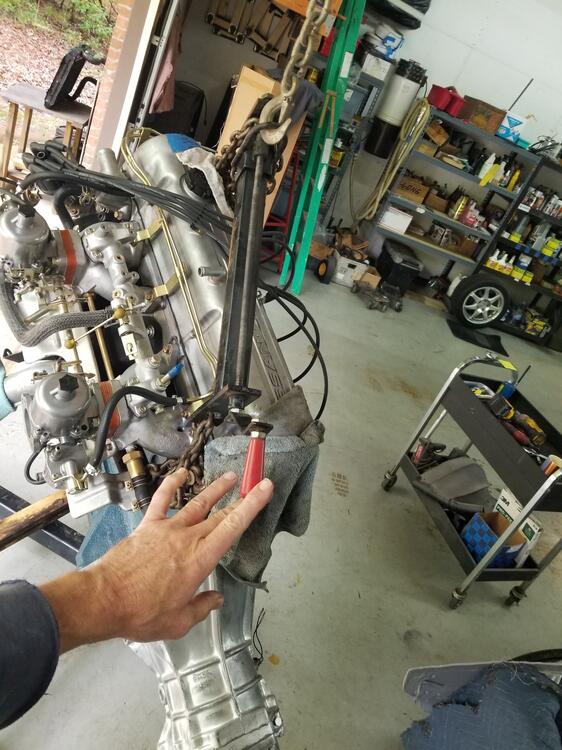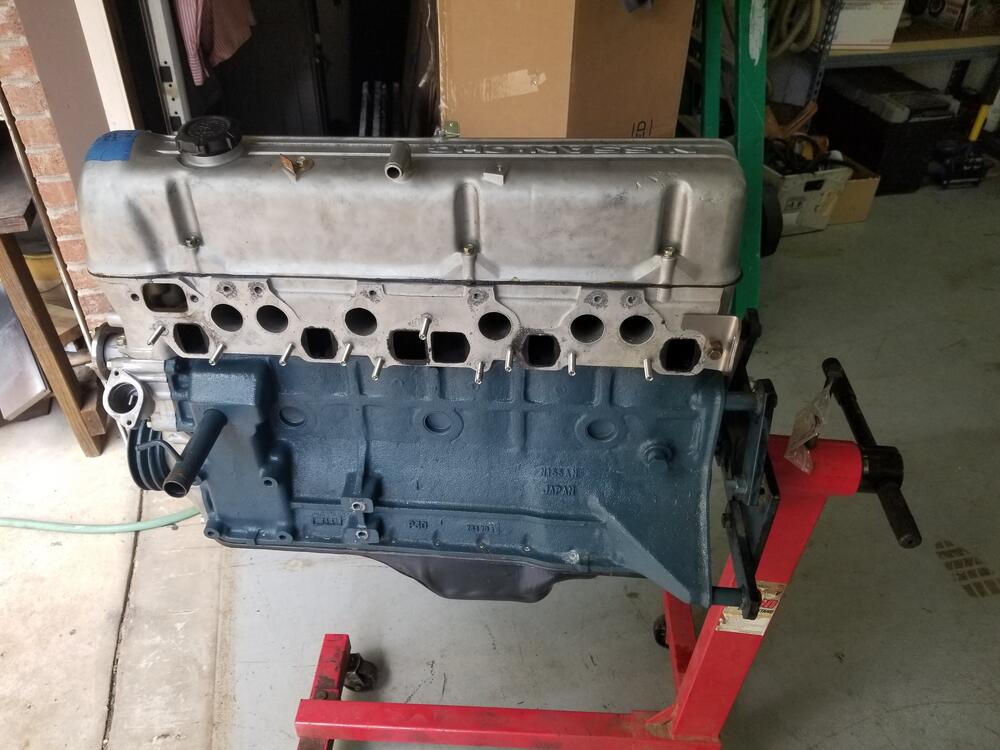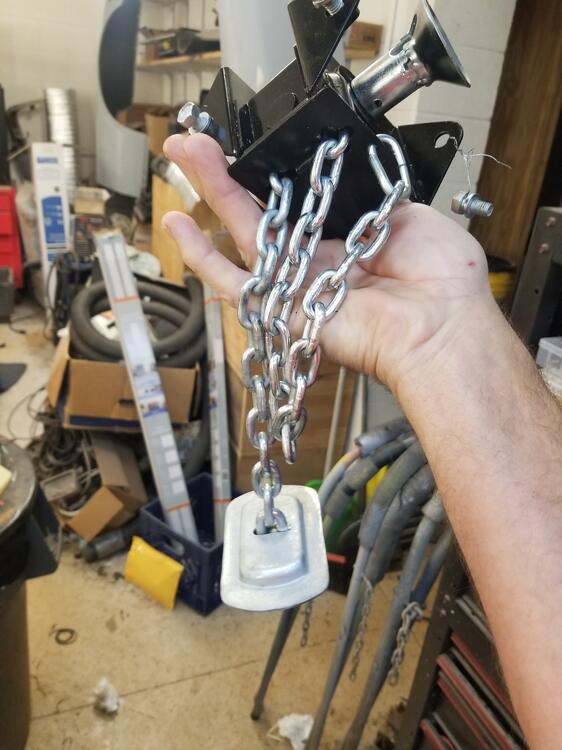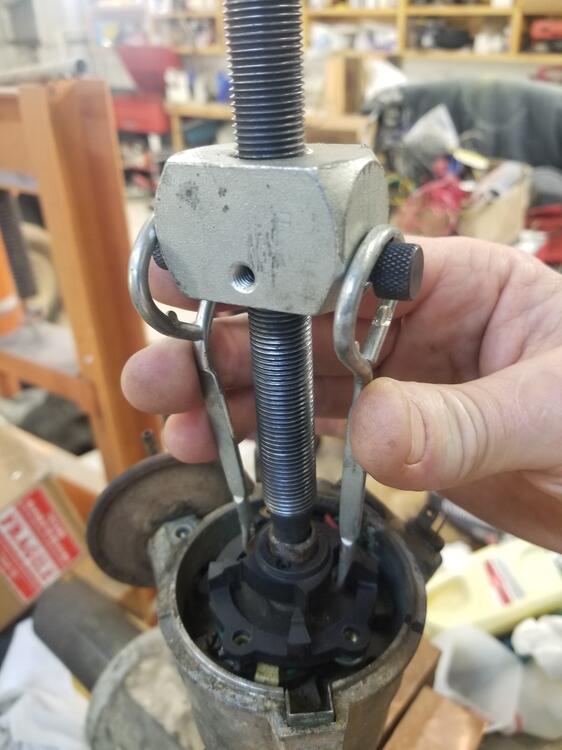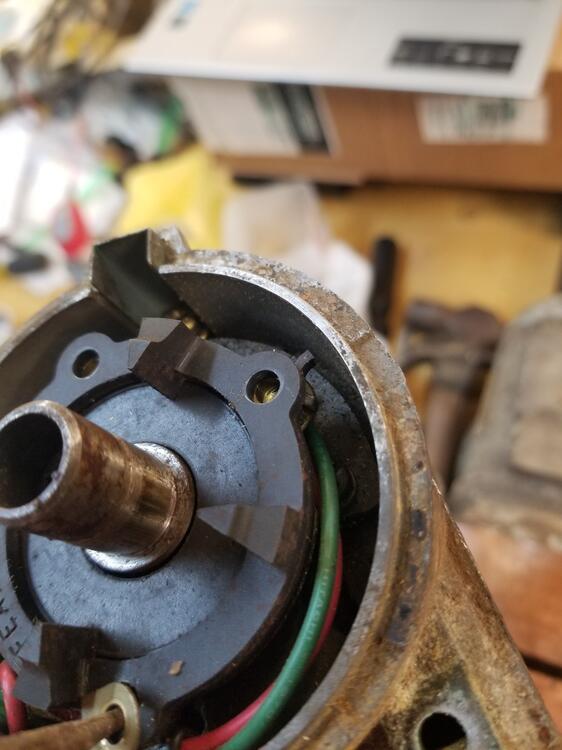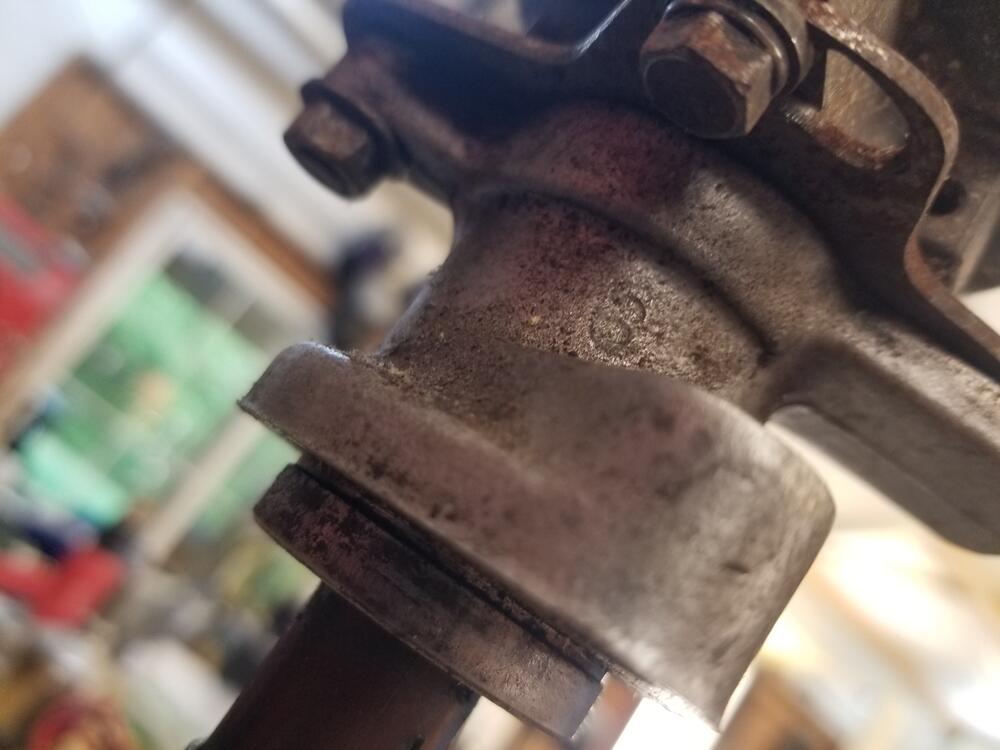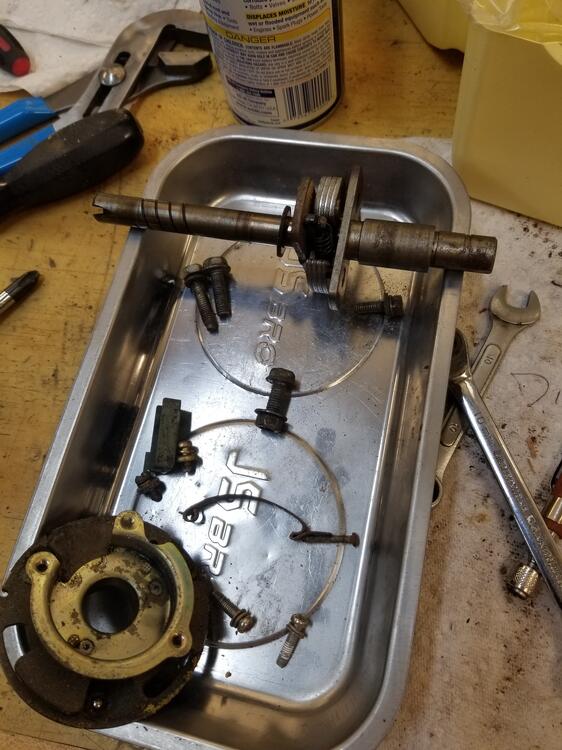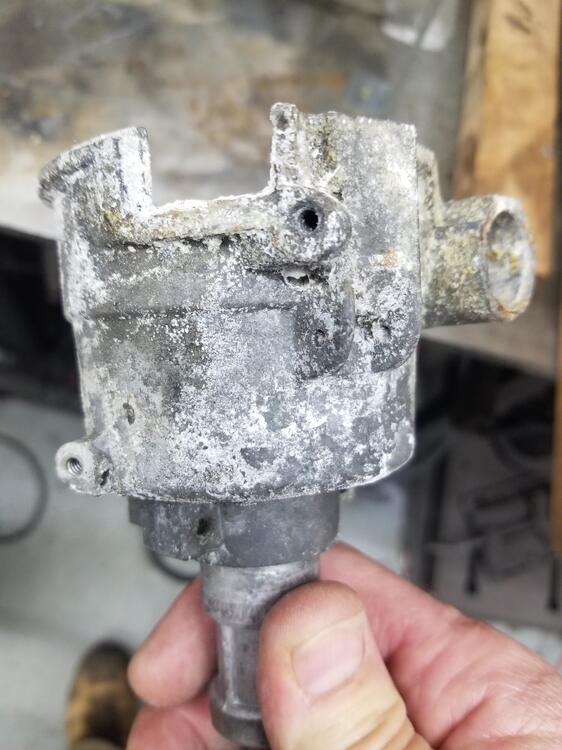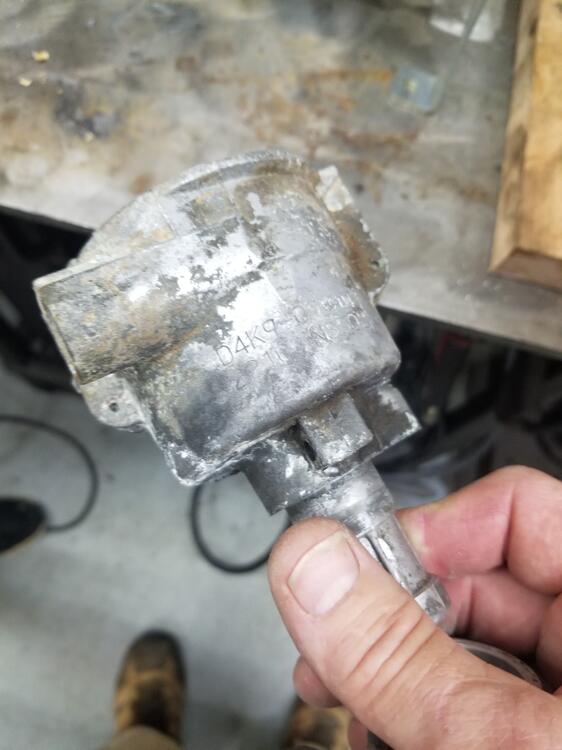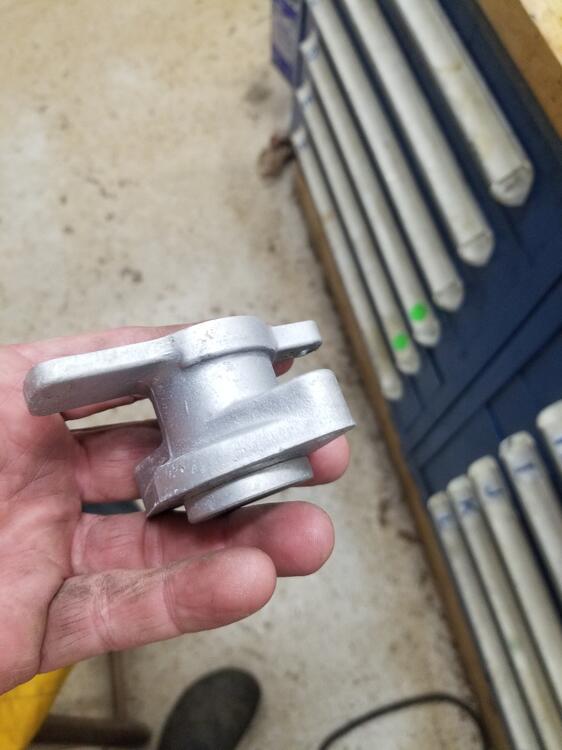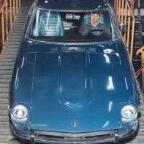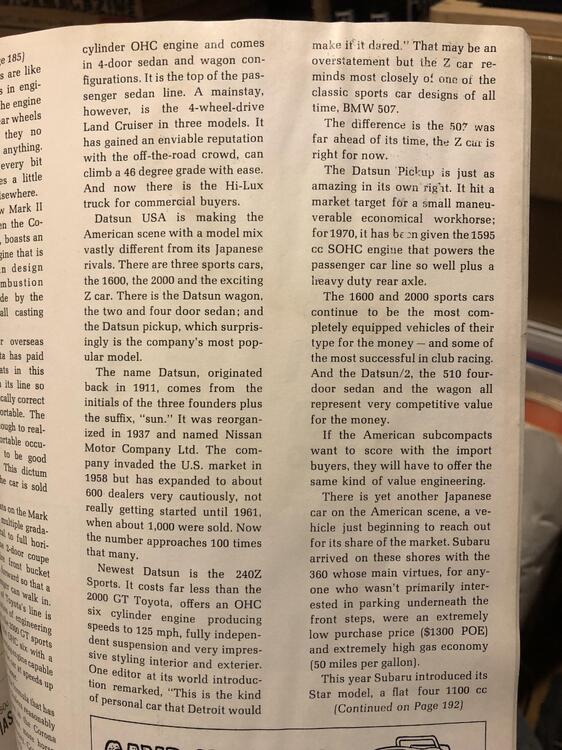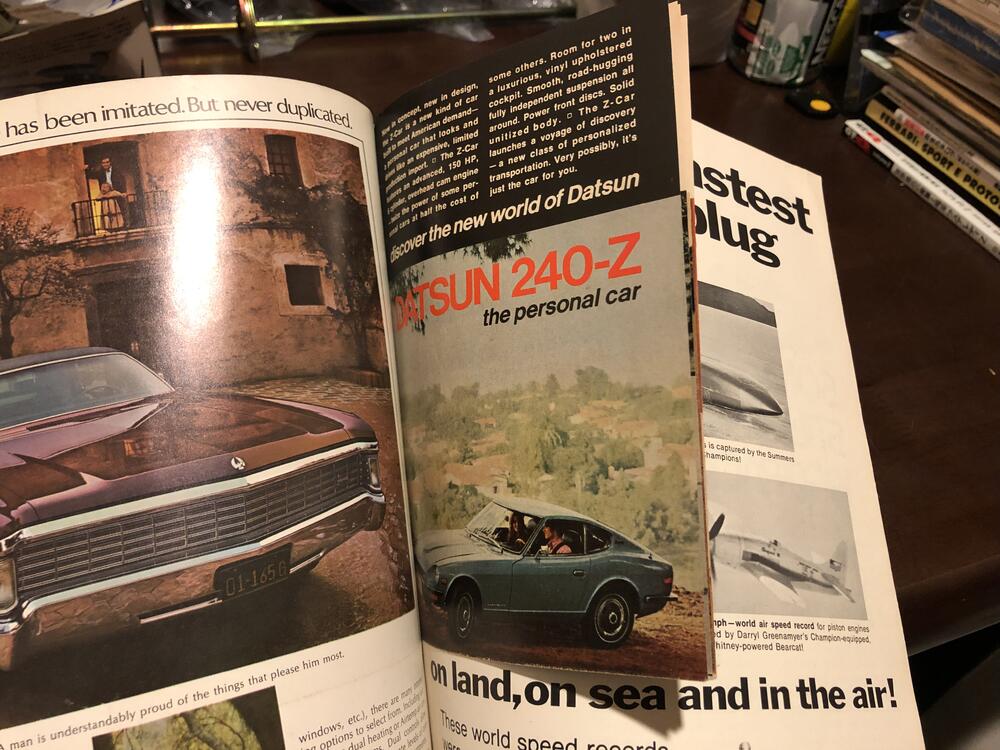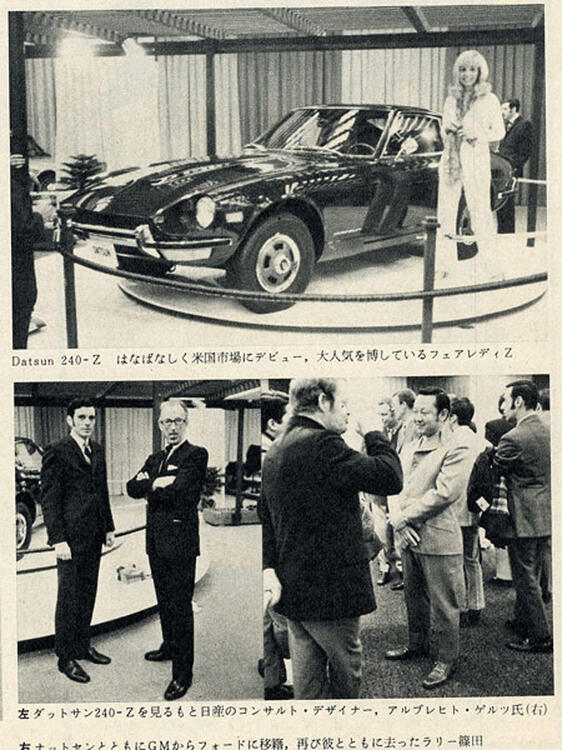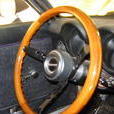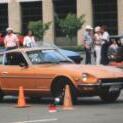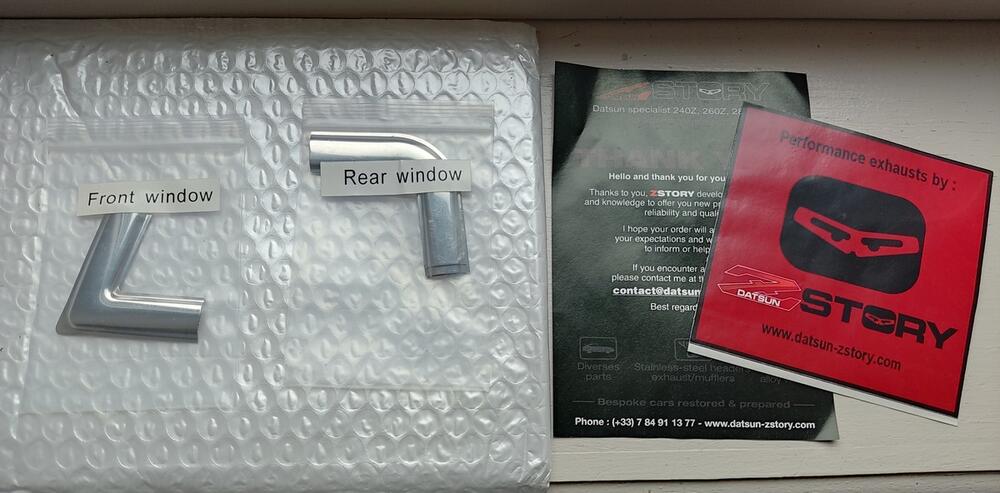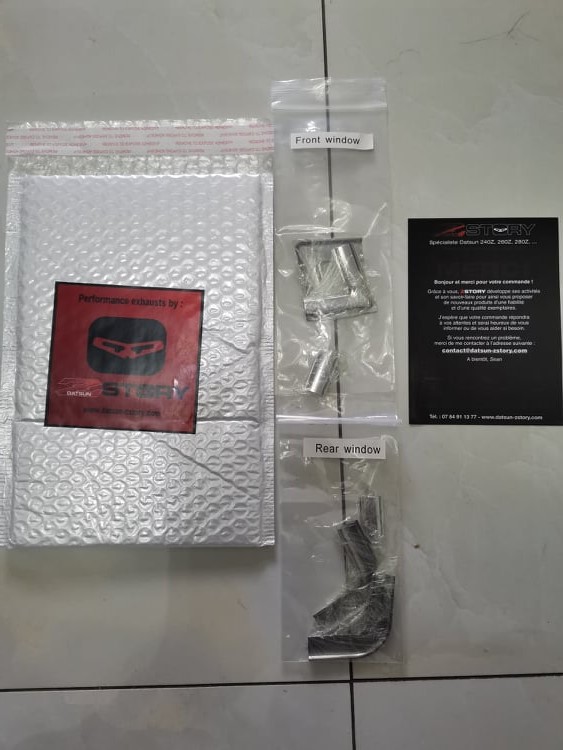Whenever I read these discussions about Goertz, I'm reminded of another 'design consultant' of the same era, Raymond Loewy (automotive credits include the Studebaker Avanti and the Greyhound SceniCruiser bus). Both were European ex-pats -- Loewy born in Paris, Goertz born in Germany. Both gravitated to the US -- Loewy to NYC in 1919, Goertz to LA about 17 years later. While Loewy's credentials included some university-level engineering training (which he apparently did not complete), Goertz appears to have had no formal technical training and his career appears to have been based on not much else beyond an interest in performing Euro-customizing of pre-war Ford sedans. Apparently, he rented a garage with a showroom in LA to build and sell his handiwork (I sense that all of this activity may have been backed by a family trust fund). Somehow, he managed to get one of his kustoms (named the 'Paragon') exhibited at the New York World's Fair in 1939, where I'm sure that it attracted the attention of Mr. Loewy. It's not entirely clear whether the two met by accident of by design, but meet they did and it would appear the Loewy -- Goertz' senior by about 20 years -- decided to take Goertz under his wing. Or maybe Goertz just pestered him for a job.
Loewy is said to have arranged for Goertz to get work with Studebaker, but this might have been nothing more than a piece-work role as a design sub-contractor (Loewy's industrial design firm was big and had enjoyed a significant consulting contract with Studebaker going back as far as 1936). It's worth noting that Goertz, after the end of WW2, had decided to shift his base of operations from Los Angeles to NYC and in the mid-1950's was busy enamoring himself with Max Hoffmann, the principal US East coast importer of many European brands (BMW included). One wonders how this led to his involvement with the Type 507 project.
So: Interesting that the two knew each other and collaborated in some fashion. With their similar European backgrounds, it's easy to see how a dialogue of sorts got started. I wonder what was going through Loewy's mind when Goertz started promoting himself as a consultant for the BMW 507, Porsche 901, and Datsun Z? Loewy had put together a major industrial design firm by the 1950's, with over 100 staff (Loewy had even been featured on the cover of Time magazine). Goertz does not appear to have ever got past the status of 'sole proprietor'. While both men were, I'm sure, relentless self-promoters, Goertz 'chutzpah' really stands out in light of his 'one-man-band-with-no-followers' status.
As HS30-H has pointed out, it can be tricky to try to assign the origin of a design to any one particular person -- as tempting as that might be. As a noteworthy example, the design of the original Corvette String Ray is often attributed to a sketch done by Pete Brock (designer of the Shelby Cobra Daytona coupe) while he was a junior member of the GM Styling department, working under Bill Mitchell, in the late 1950's. While the Brock sketch certainly displays many of the design details that became hallmarks of the Sting Ray prototype, it would be incorrect to claim that Brock was the designer (and, to his credit, Brock appears to have never made such a claim). I suspect that Goertz -- like Brock -- produced a sketch for concept that eventually became an icon (the BMW 507 in Goertz' case). Unlike Brock, however, Goertz appears to have no hesitation in claiming status as the sole-designer. Or, perhaps more accurately, he never said that he was but never denied that he wasn't. The same would seem to apply to his roles with the Toyota 2000GT and the Datsun Z.
BTW, Raymond Loewy claimed personal credit for some of the most hideous automotive styling exercises that I've ever seen. Perhaps his real talent lay in assembling a group of talented people around him and then promoting and managing their efforts.
 Subscriber
Subscriber 6Points11,142Posts
6Points11,142Posts






